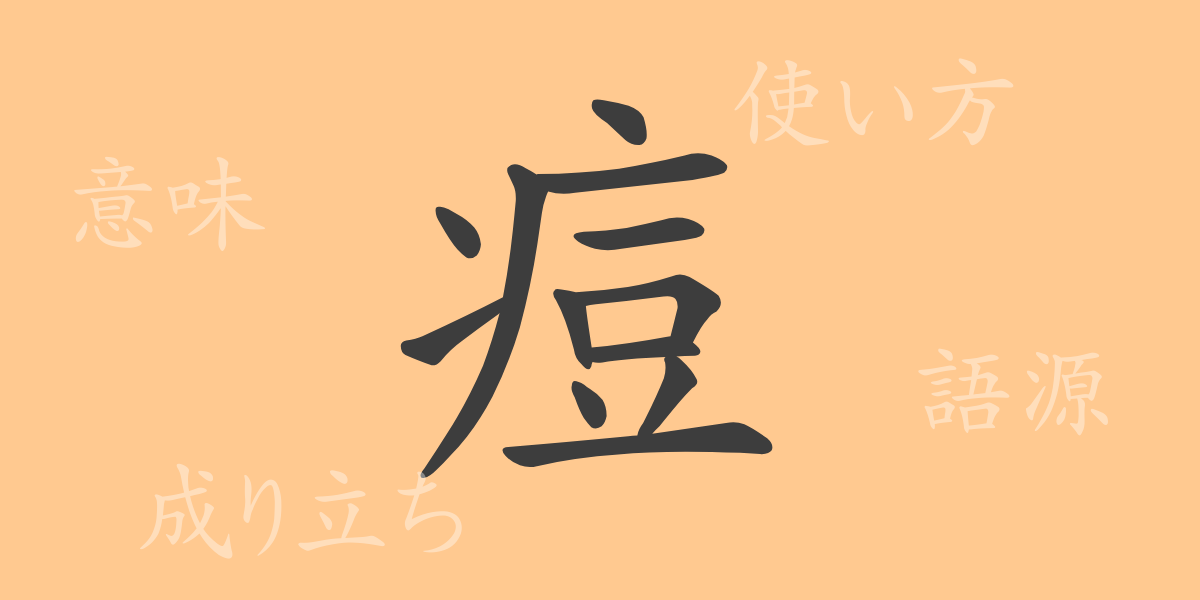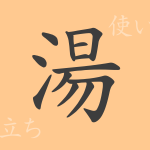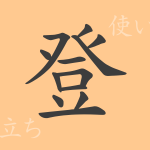Japanese culture is inextricably linked with Kanji, each character rich with its own history and meaning that enhances the expressions of the Japanese language. In this article, we spotlight the Kanji ‘痘 (とう)’, exploring its origins, contemporary usage, and its place in everything from medical terms to everyday proverbs. Let’s delve into the multifaceted nature of ‘痘’.
Origins of ‘痘 (とう)’
The Kanji ‘痘’ originated in ancient China and is associated with diseases, specifically those manifesting as rashes or swellings on the skin. Its radical ‘疒 (やまいだれ)’ is commonly seen in characters related to diseases, while ‘豆 (とう)’, included for phonetic reasons, once helped shape its pronunciation. Historically, this character appears in ancient Chinese medical texts, primarily denoting diseases like smallpox.
Meaning and Usage of ‘痘 (とう)’
‘痘’ typically refers to diseases like smallpox and chickenpox, characterized by their skin eruptions. Despite the eradication of smallpox, the Kanji ‘痘’ is still prevalent in medical terminology and various compounds, reflecting symptoms typical of these diseases.
Readings, Stroke Count, and Radical of ‘痘 (とう)’
The Kanji ‘痘’ has specific readings and elements within the Japanese language:
- Readings: On’yomi ‘トウ’, with no Kun’yomi readings.
- Stroke Count: Comprises 12 strokes.
- Radical: The radical is ‘疒 (やまいだれ)’, pertaining to characters that denote diseases.
Phrases, Idioms, and Proverbs Using ‘痘 (とう)’
Several idioms and proverbs incorporate ‘痘’, each carrying specific meanings and cultural backgrounds:
- 天然痘 (てんねんとう): A historically prevalent infectious disease, now eradicated.
- 水痘 (すいとう): Commonly known as chickenpox, it is frequent among children.
- 痘痕 (とうこん): Scars left on the skin from diseases like smallpox.
These terms are used in medical contexts and everyday conversations.
Conclusion on ‘痘 (とう)’
The Kanji ‘痘’ is deeply connected with diseases, particularly those affecting the skin. Though its frequency in everyday language has changed with medical advancements, ‘痘’ continues to be a vibrant part of medical terminology and idiomatic expressions in Japanese. Through this article, we hope you have gained insight into the cultural and linguistic depths that ‘痘’ represents.

























